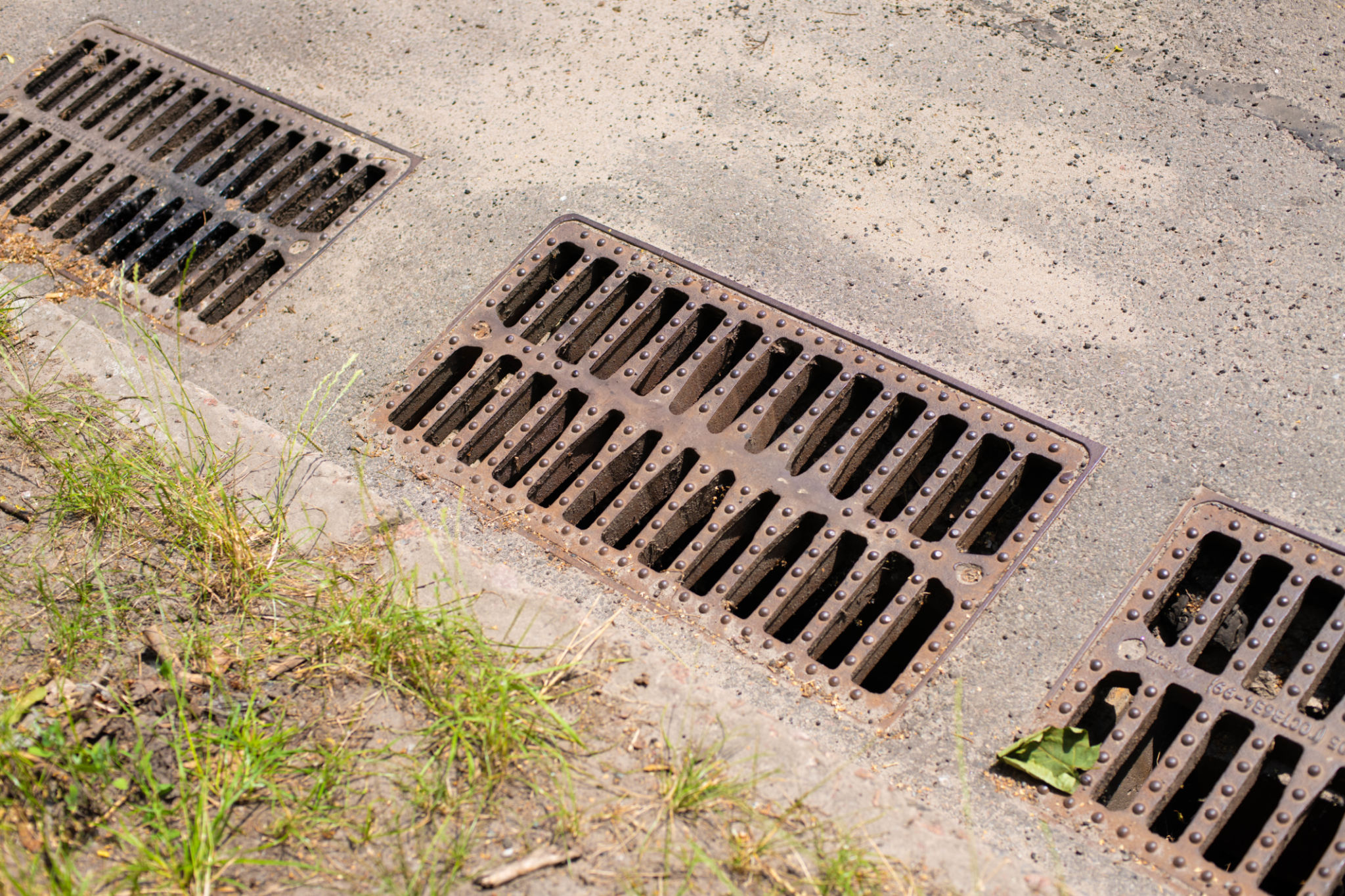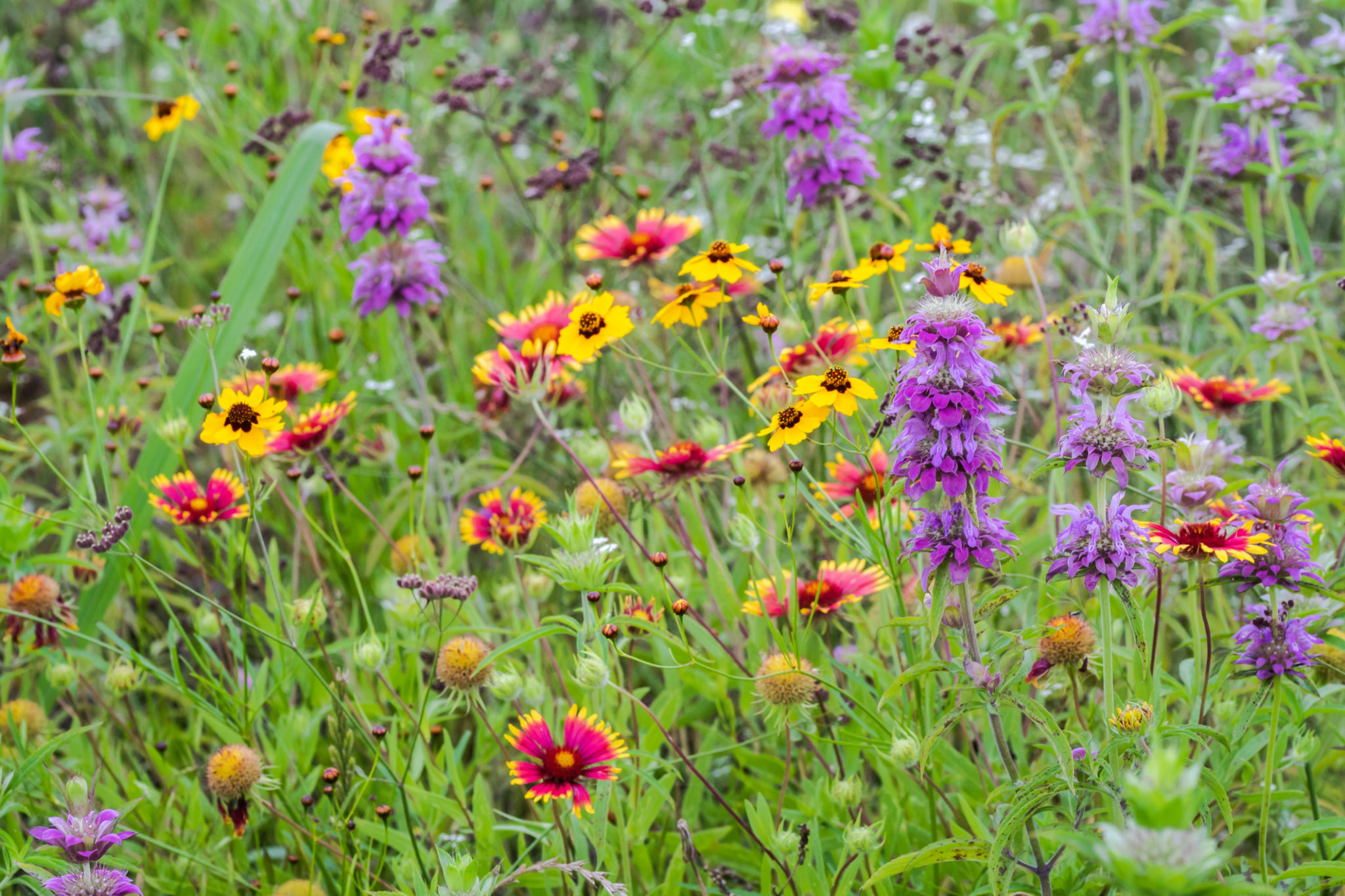Top Tips for Successful Bio-Swale Projects in Walton County
Understanding Bio-Swales
Bio-swales are an innovative and eco-friendly approach to managing stormwater runoff. By utilizing natural vegetation and soil filtration, bio-swales effectively reduce pollution and prevent erosion. In Walton County, where both environmental preservation and infrastructure resilience are priorities, bio-swales have become an essential component of sustainable urban planning.
Whether you're a homeowner, developer, or part of a municipal project, understanding the basics of bio-swales is crucial for successful implementation. Below are some top tips to guide you in creating effective bio-swales in Walton County.

Site Selection and Design
The first step in any successful bio-swale project is careful site selection and design. When choosing a location, it's important to consider the natural flow of water on the property. Ideally, the bio-swale should be located where it can intercept runoff before it reaches storm drains or bodies of water.
Designing a bio-swale involves determining its size, shape, and planting scheme. These factors depend on the volume of water it needs to manage and the specific environmental conditions of the site. A well-designed bio-swale not only manages water efficiently but also enhances the landscape aesthetically.
Choosing Appropriate Vegetation
The choice of vegetation is critical for the bio-swale's function and appearance. Native plants are often the best choice as they are adapted to local conditions and require less maintenance. They also provide habitat for local wildlife and improve biodiversity.
- Consider plants with deep root systems for better water absorption.
- Select a mix of grasses, shrubs, and flowers to stabilize the soil.
- Ensure that the plants can tolerate both wet and dry conditions.

Soil Composition and Maintenance
The soil in a bio-swale plays a crucial role in filtering pollutants from stormwater. A well-balanced soil mix will support plant growth and enhance water absorption. Typically, a combination of sand, compost, and topsoil is recommended to ensure both drainage and nutrient availability.
Regular maintenance is key to a bio-swale's long-term success. This includes removing debris, controlling invasive species, and monitoring plant health. Regular inspections should be part of your maintenance routine to ensure the bio-swale functions as intended.
Community Involvement and Education
Involving the community in bio-swale projects can enhance their success and sustainability. Educating residents about the benefits of bio-swales can foster community support and encourage responsible environmental practices. Hosting workshops or informational sessions can be an effective way to engage the community.
Community involvement also presents opportunities for volunteer maintenance programs, which can reduce costs and strengthen community ties. By promoting awareness and participation, bio-swales can become a source of community pride.

Monitoring and Evaluation
To ensure that your bio-swale is performing effectively, regular monitoring and evaluation are essential. This involves assessing water quality, vegetation health, and structural integrity periodically. Monitoring results can provide valuable insights into necessary adjustments or improvements.
Utilizing technology such as sensors or apps for real-time data collection can enhance monitoring efforts. This data can inform future projects and contribute to broader environmental conservation efforts in Walton County.
By following these top tips, you can ensure that your bio-swale project not only meets regulatory requirements but also contributes positively to Walton County’s natural environment. With careful planning, local collaboration, and ongoing maintenance, bio-swales can play a significant role in sustainable water management and ecosystem protection.